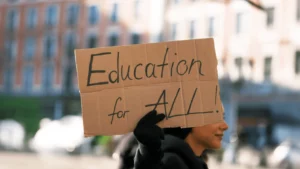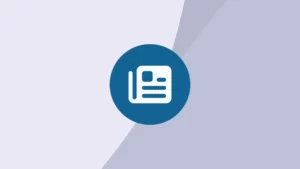Emotional dysregulation refers to difficulty managing emotional responses in ways that are socially appropriate and flexible. Individuals experiencing emotional dysregulation may have intense, rapidly shifting emotions, struggle to calm down after strong feelings, and often act impulsively in response to those emotions. These challenges can affect learning, behavior, and social interactions in educational settings. Often, it can be connected to other behavioral and learning challenges. — Cleveland Clinic Health Library
What is the impact of Emotional Dysregulation in the Classroom?
Emotional dysregulation is not a standalone diagnosis; think of it as a symptom linked to other neurological or psychological conditions. Some of the most common include:
- ADHD: Emotional impulsivity and difficulty returning to baseline after strong emotions are common.
- Autism Spectrum Disorder: Sensory sensitivities and communication differences can complicate emotional regulation.
- PTSD or Trauma History: Past trauma can create heightened emotional reactivity and stress responses.
Students who experience emotional dysregulation may face a variety of challenges that affect their learning and peer relationships, including:
- Frequent Outbursts: Sudden expressions of frustration, sadness, or anger can interrupt instruction and impact classroom dynamics.
- Difficulty Transitioning: Even simple schedule changes may trigger distress or resistance.
- Impulsive Behavior: Students may speak out, leave their seats, or engage in other disruptive behaviors without thinking.
- Social Struggles: Misinterpreting peer interactions can lead to conflict and isolation.
How do you design specialized instruction for students who experience Emotional Dysregulation?
Supporting these students involves intentional, proactive strategies that build emotional awareness and regulation skills:
- Establish Routines: A structured, predictable environment helps reduce anxiety and improve self-regulation.
- Teach Emotional Vocabulary: Helping students name their feelings is often the first step toward managing them.
- Model & Practice Coping Skills: Demonstrate and rehearse calming techniques like breathing exercises or counting.
- Partner with Support Staff: Collaborate with counselors or behavior specialists to build tailored supports.
How Can Goalbook Toolkit Support Students with Emotional Dysregulation?
Your Goalbook account offers you resources and support that address the challenges of students who experience Emotional Dysregulation. Utilize these resources to build your capacity to produce high-quality IEPs.
Check out these IEP resources to help your students:
- This goal can help students with Evaluating Reactions to Upsetting Situations
- Use these Anger Trigger Analysis and Teacher Modeling Mindset strategies to help students understand and manage their emotions.
- Draft impact of disability statements and select Emotional Disability to generate statements connected to Emotional Dysregulation







